Death Valley: The hottest place on Earth is covered in wildflowers after heavy autumn rain
The park holds the record for the hottest temperature ever recorded on the planet: 134 degrees on July 10, 1913

Your support helps us to tell the story
From reproductive rights to climate change to Big Tech, The Independent is on the ground when the story is developing. Whether it's investigating the financials of Elon Musk's pro-Trump PAC or producing our latest documentary, 'The A Word', which shines a light on the American women fighting for reproductive rights, we know how important it is to parse out the facts from the messaging.
At such a critical moment in US history, we need reporters on the ground. Your donation allows us to keep sending journalists to speak to both sides of the story.
The Independent is trusted by Americans across the entire political spectrum. And unlike many other quality news outlets, we choose not to lock Americans out of our reporting and analysis with paywalls. We believe quality journalism should be available to everyone, paid for by those who can afford it.
Your support makes all the difference.Death Valley, otherwise known as the hottest place on Earth, is awash in yellow and pink wildflowers this month. Park rangers suspect that, given the torrential autumn rainfall that Death Valley experienced, the park may be due for a rare “super bloom,” after years of drought and barren bloom seasons.
What makes this bloom so special is its location. Death Valley holds the record for the hottest temperature ever recorded on Earth: 134 degrees on July 10, 1913. It can get so searingly hot in part because it’s the lowest elevation in North America. At 282 feet below sea level, Death Valley is the eighth-lowest location in the world.
It’s also the driest location in North America. But in October, Death Valley received an astonishing amount of rain — approximately 1 ½ inches, which doesn’t seem like much until you consider that the park’s average rainfall for an entire year is just two inches. It received all of that two inches as of mid-February, with another four months left in the water year.
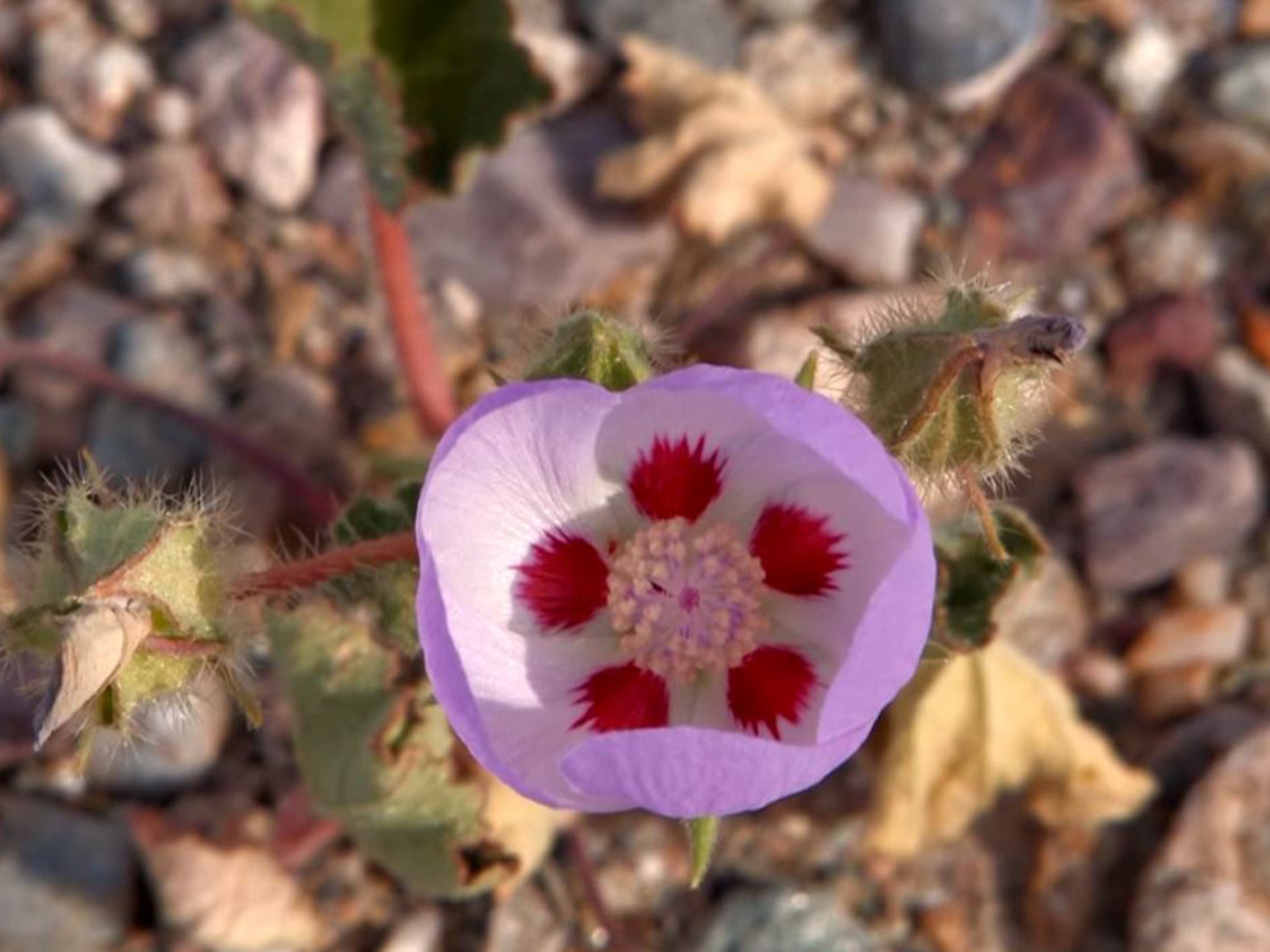
A series of torrential October downpours caused significant flooding and damage in the national park. Scotty’s Castle, also known as Death Valley Ranch, was overwhelmed by the flash flooding and has been shut down ever since. Now four months later, the seeds that took root during all that rain are finally blossoming, providing a little cheer to what has been a dispiriting event.
“It’s very rare to have a good bloom in Death Valley,” said Park Ranger Alan Van Valkenburg in a video on the possible super bloom. “To have a big bloom like this — which we hope will become a super bloom, which is beyond all your expectations, those are quite rare, maybe once a decade or so.”
October’s stormy weather — which can be linked to El Niño’s wet weather influence over southern California — may have been just right to produce a super bloom in Death Valley this year. “When you get the perfect conditions, the perfect storm so to speak, those seeds could all sprout at once,” Van Valkenburg said.
The Desert Gold species is what makes up most of the yellow blanket of flower seen in the photos, with the orange centers. The Notchleaf Phacelia and Sand Verbena are a nice hue of purple, and Gravel Ghost add pops of white. But perhaps the most interesting-looking flower is the pink Desert Five-Spot, which is easy to pick out thanks to its five, bright red spots on the inner petals.
“I’ve lived in Death Valley for 25 years and I’ve seen lots of blooms in Death Valley, and I kept thinking I was seeing incredible blooms,” Van Valkenburg said. “I was always very excited, until I saw one of these super blooms, and then I suddenly realized — there are so many seeds out there just waiting to sprout, just waiting to grow. I had no idea that there was that much out there.”
Death Valley National Park posts daily updates on wildflowers, flood damage cleanup and park history on their Facebook page.
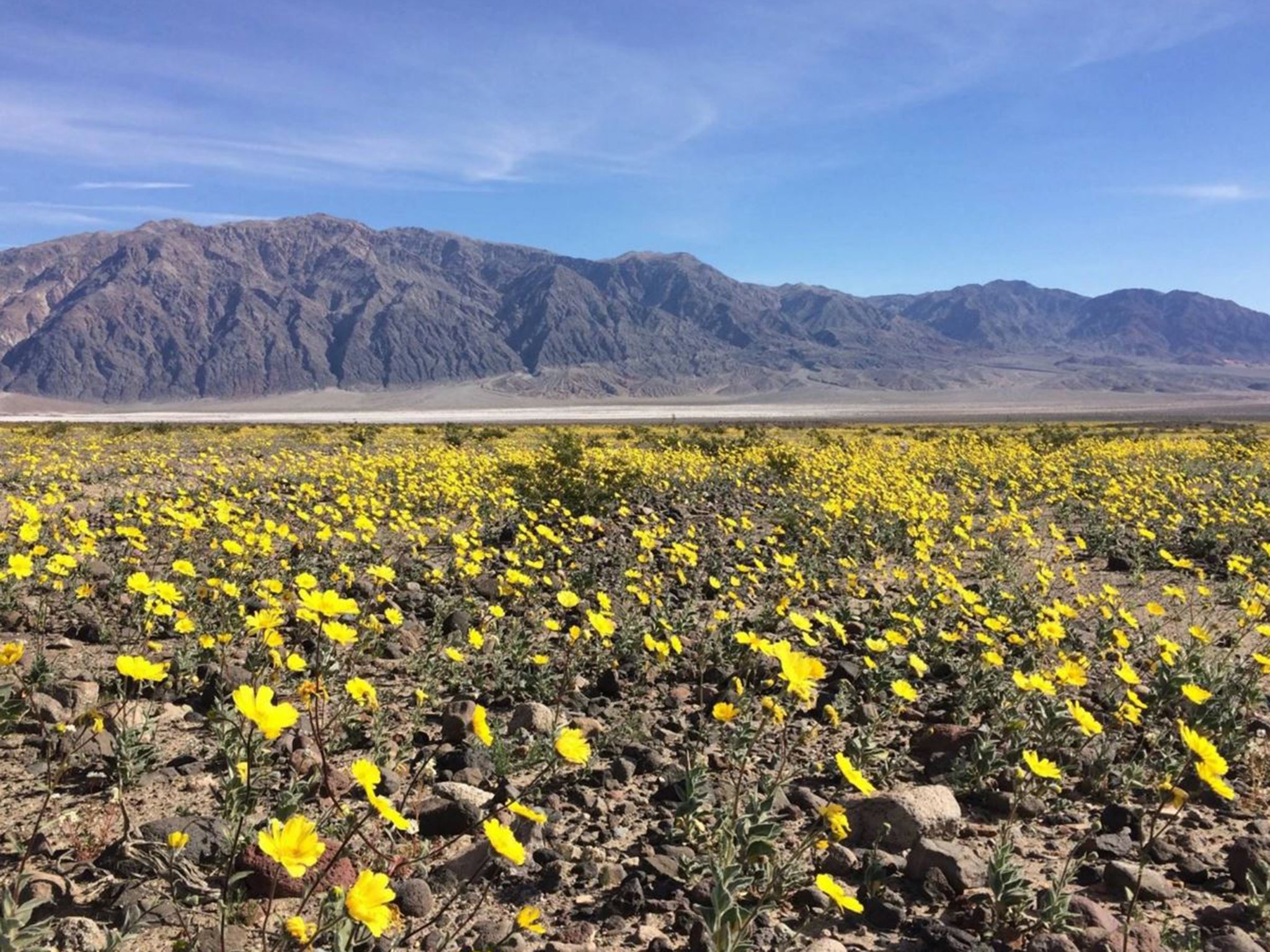
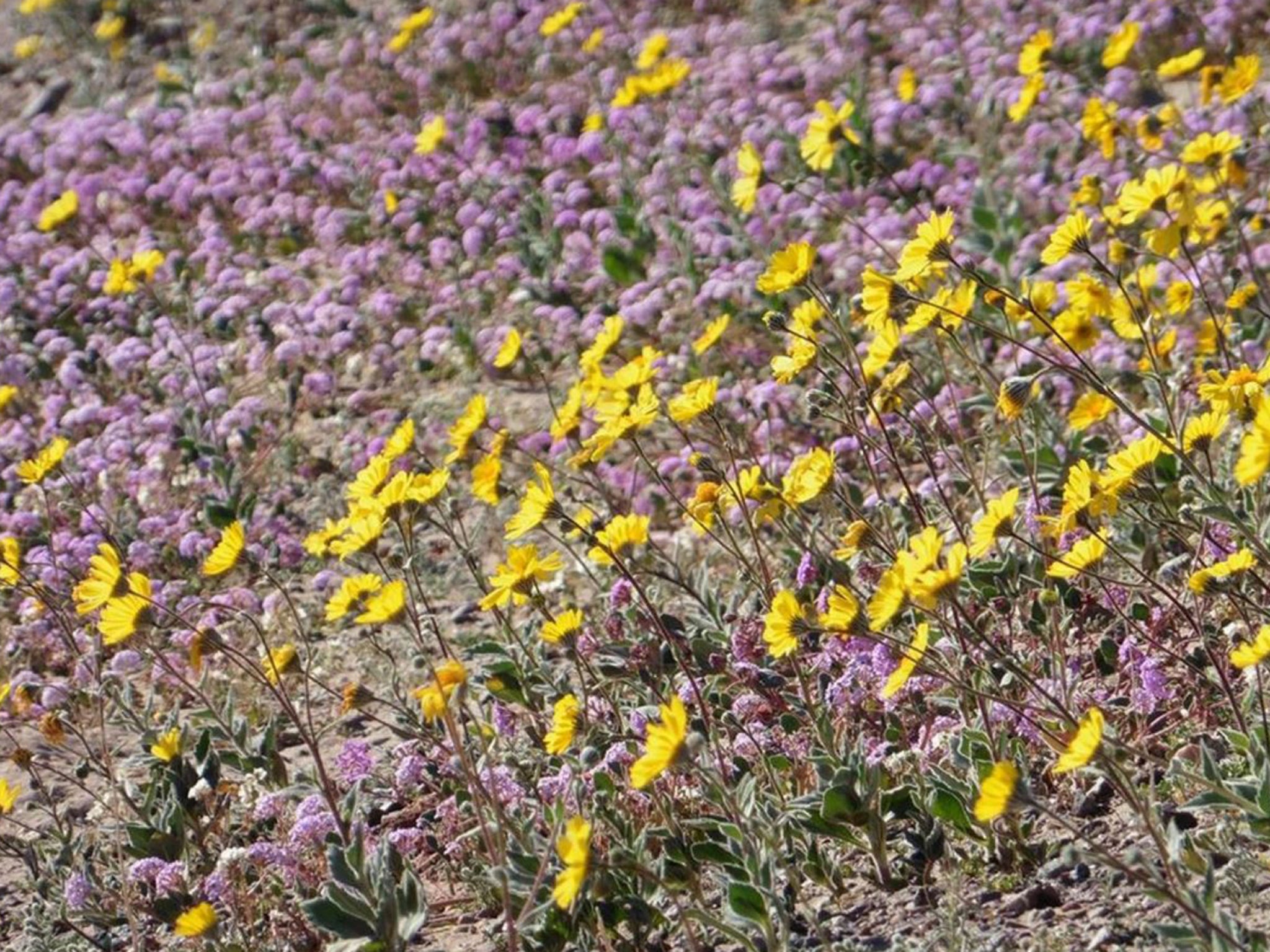
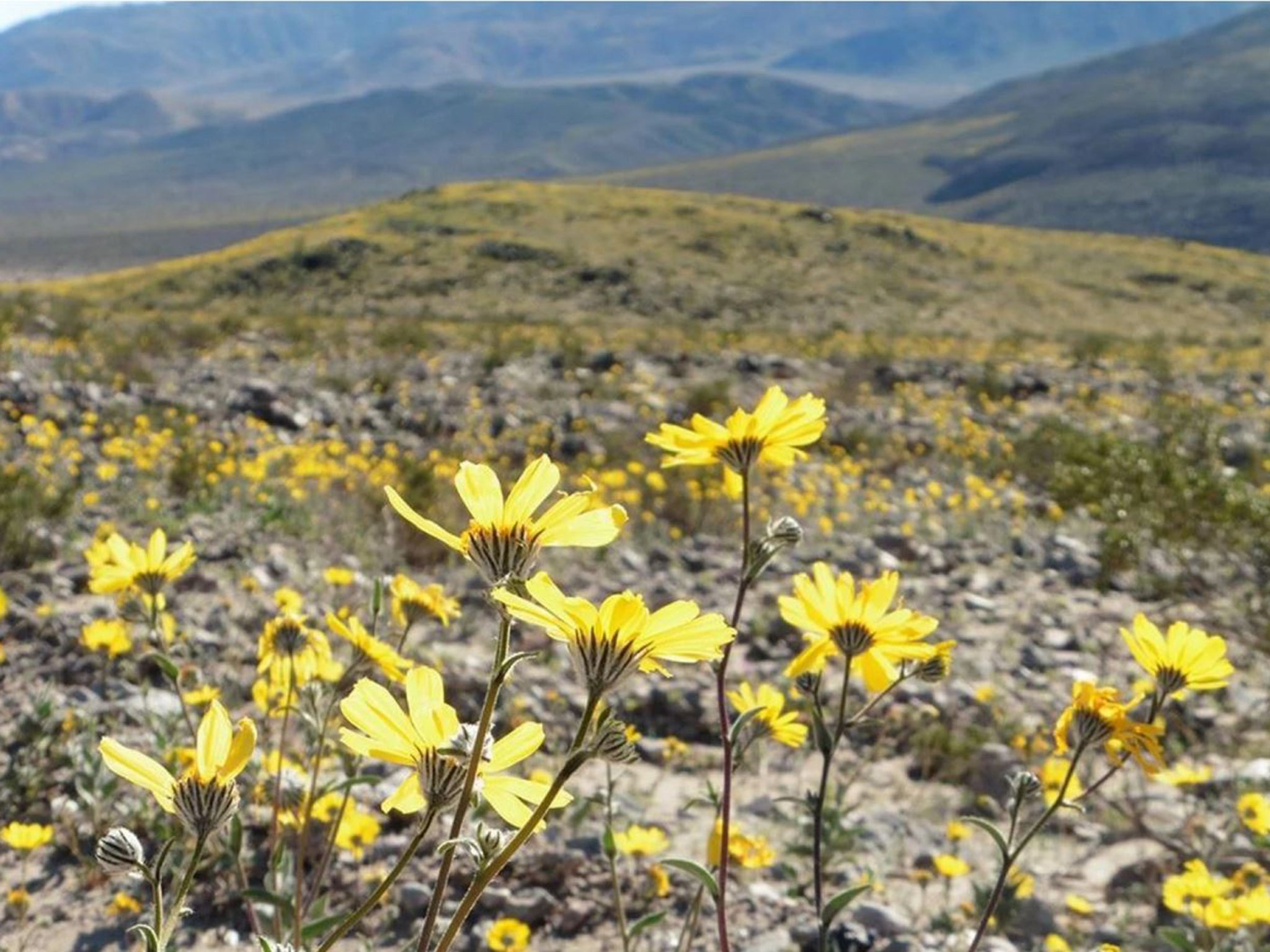
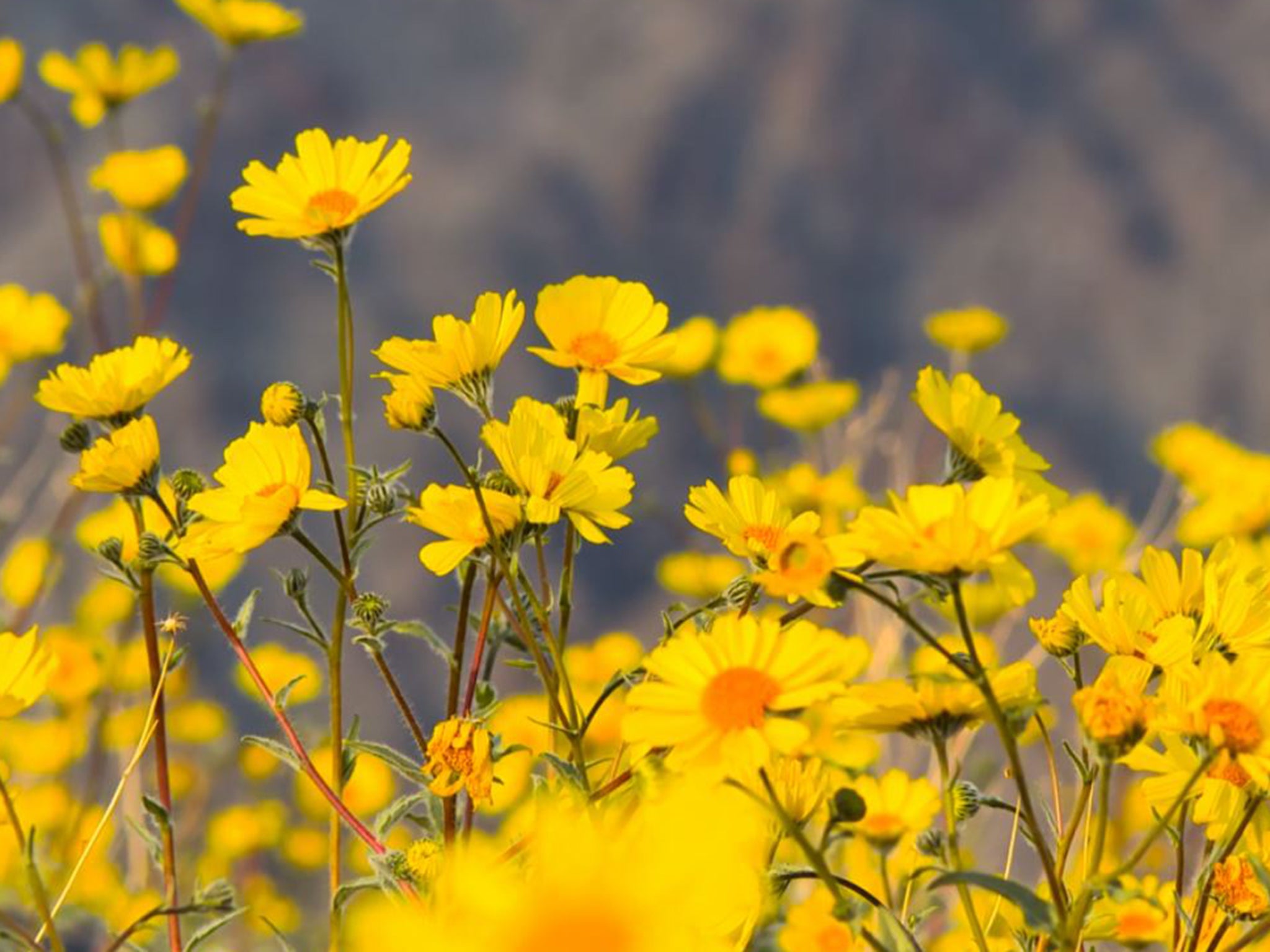
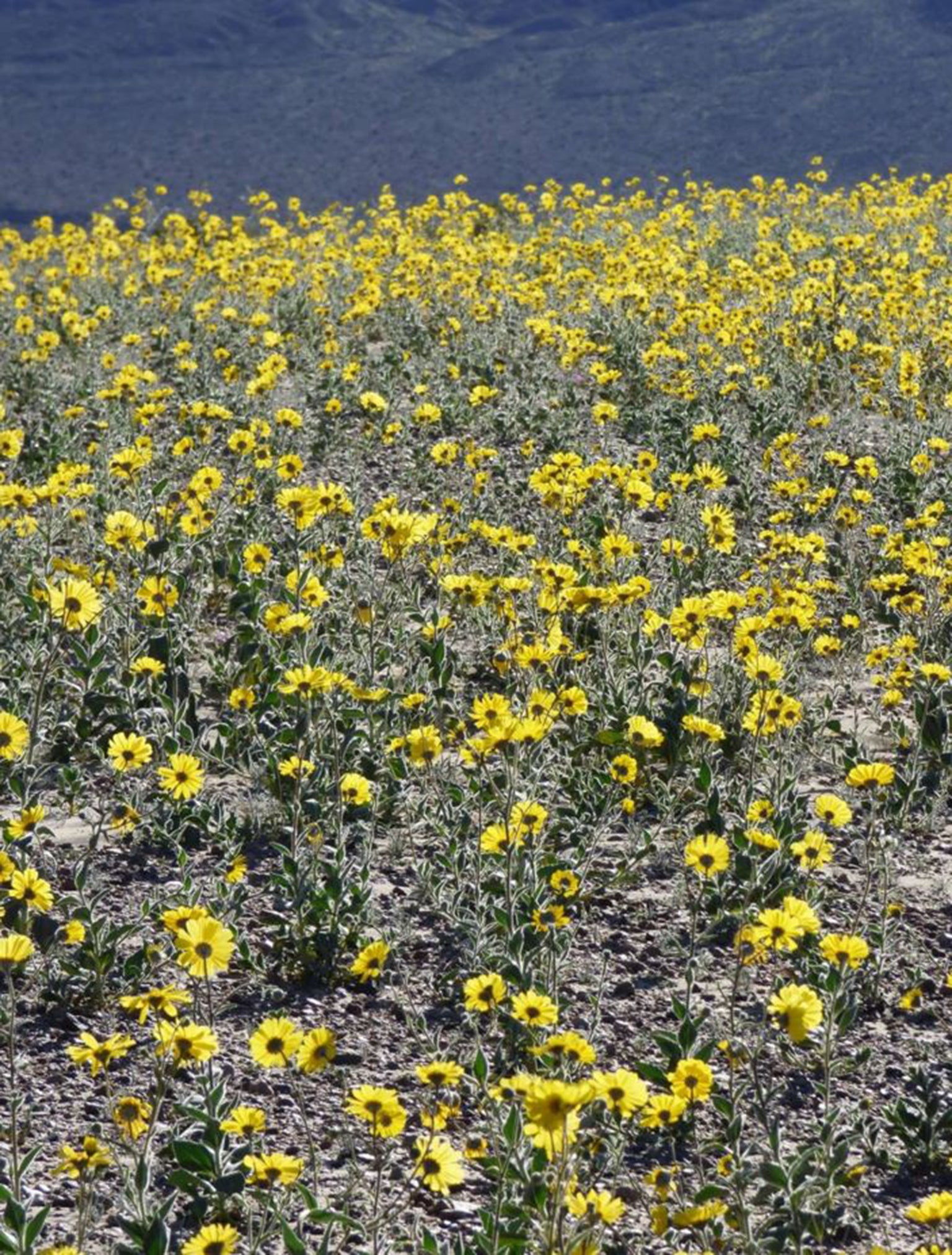
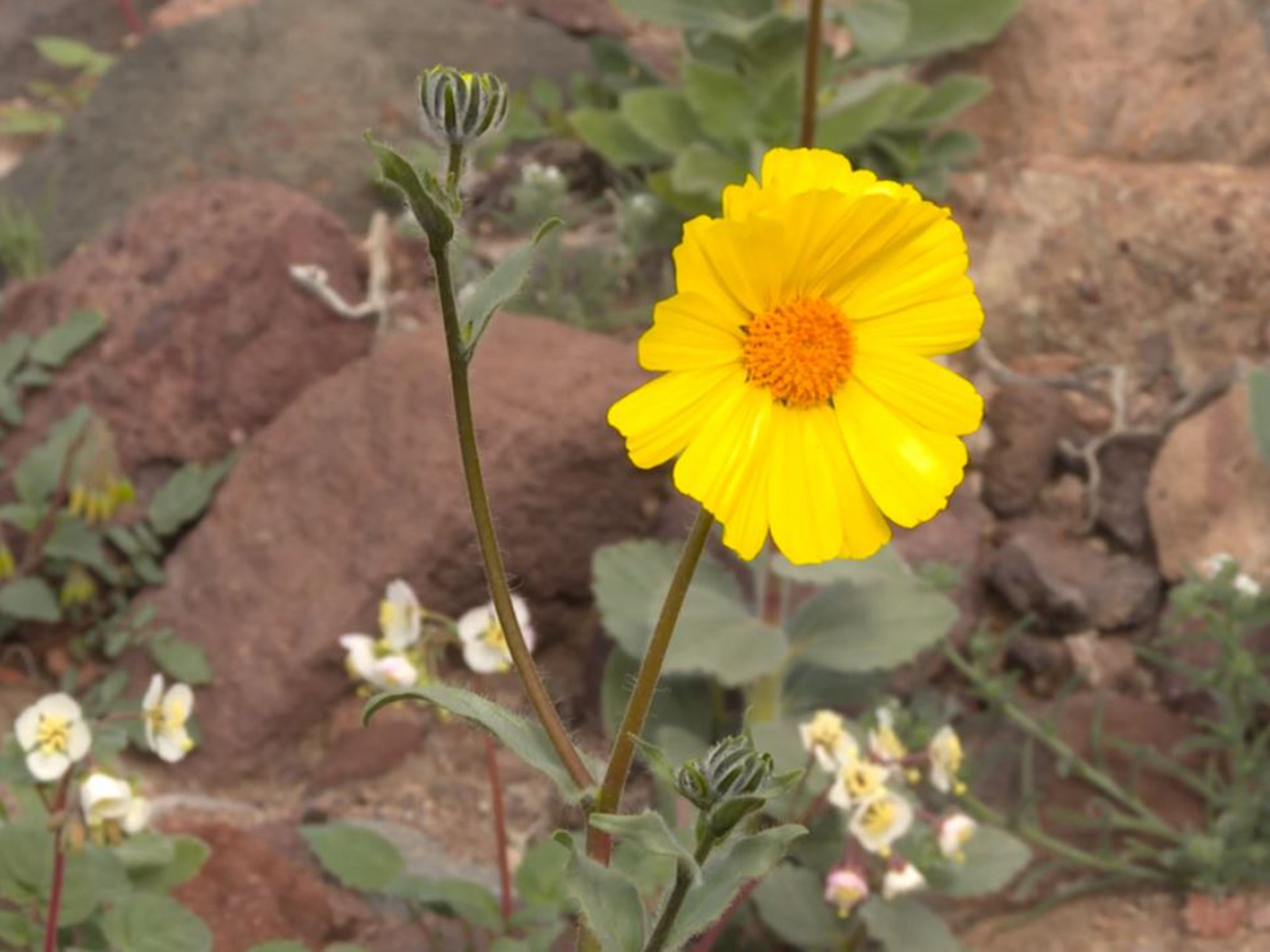
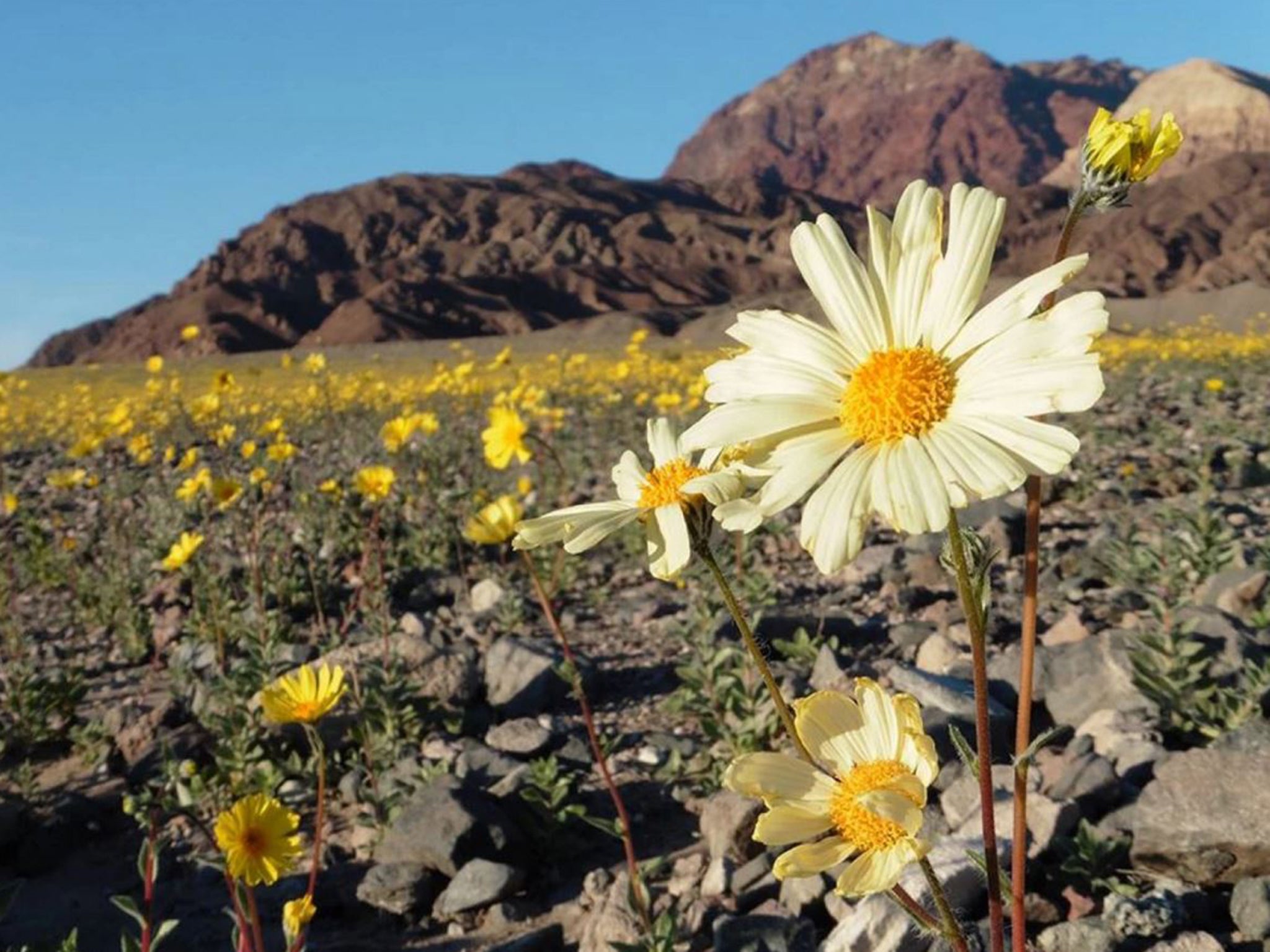

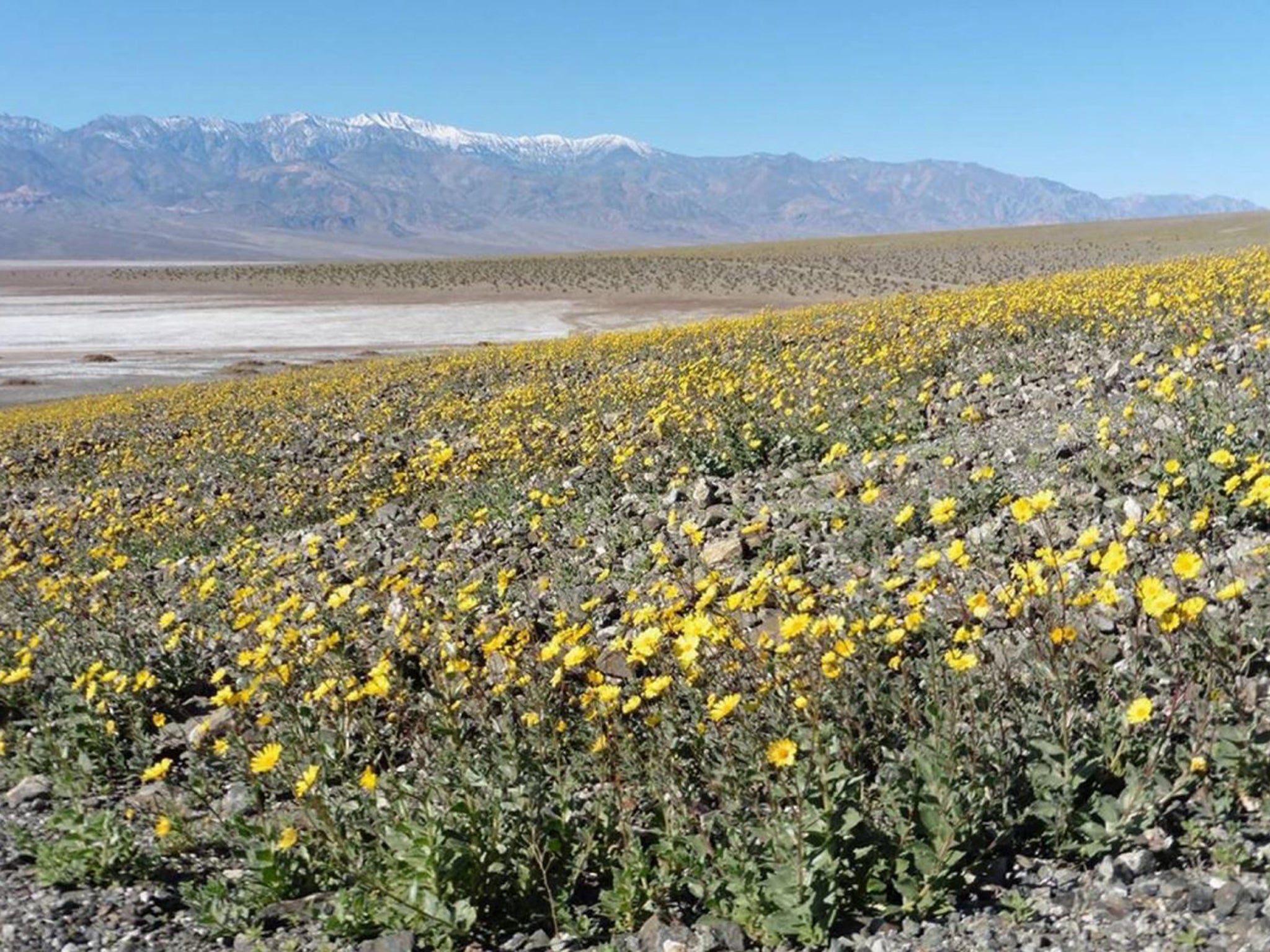
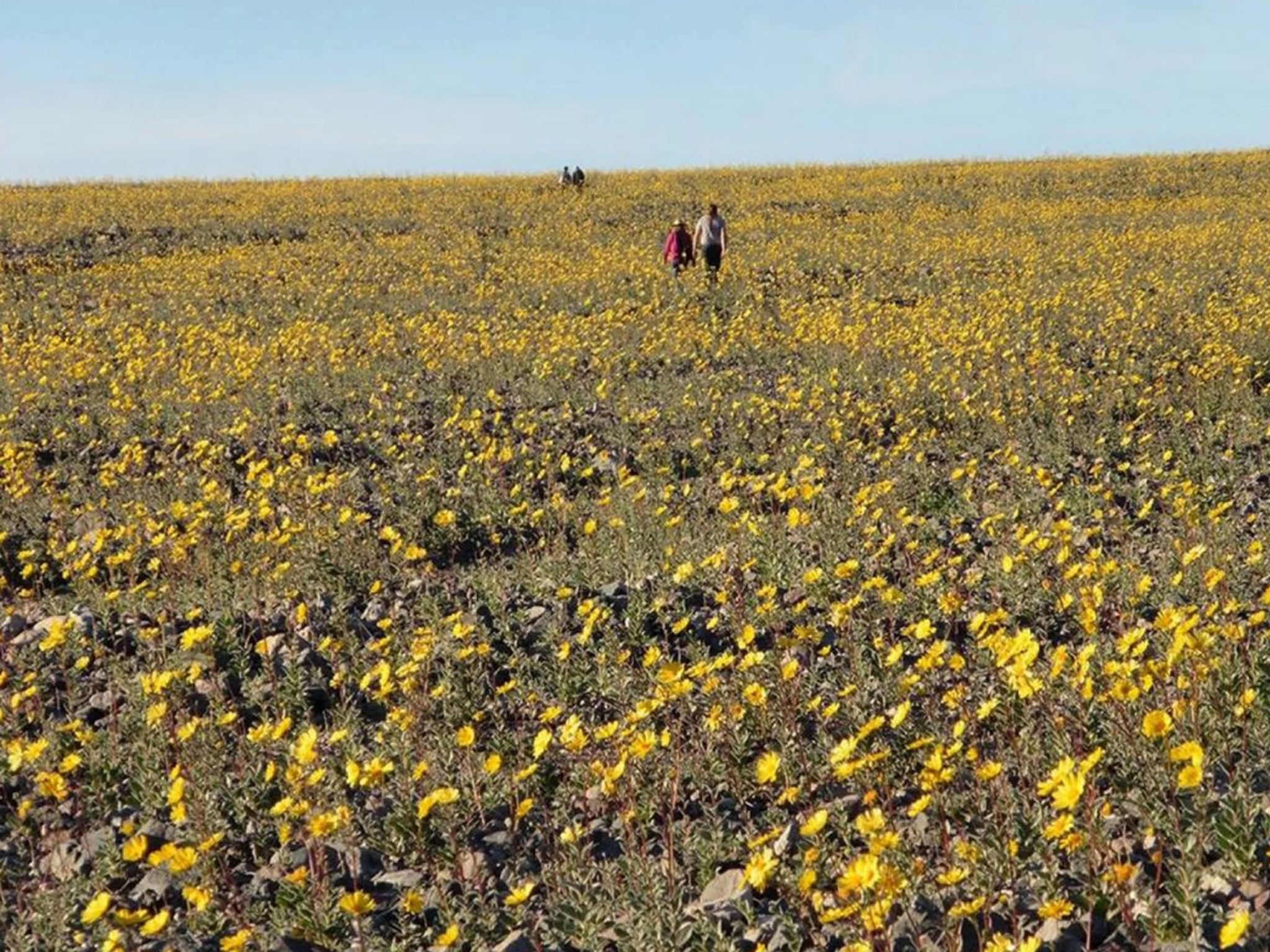
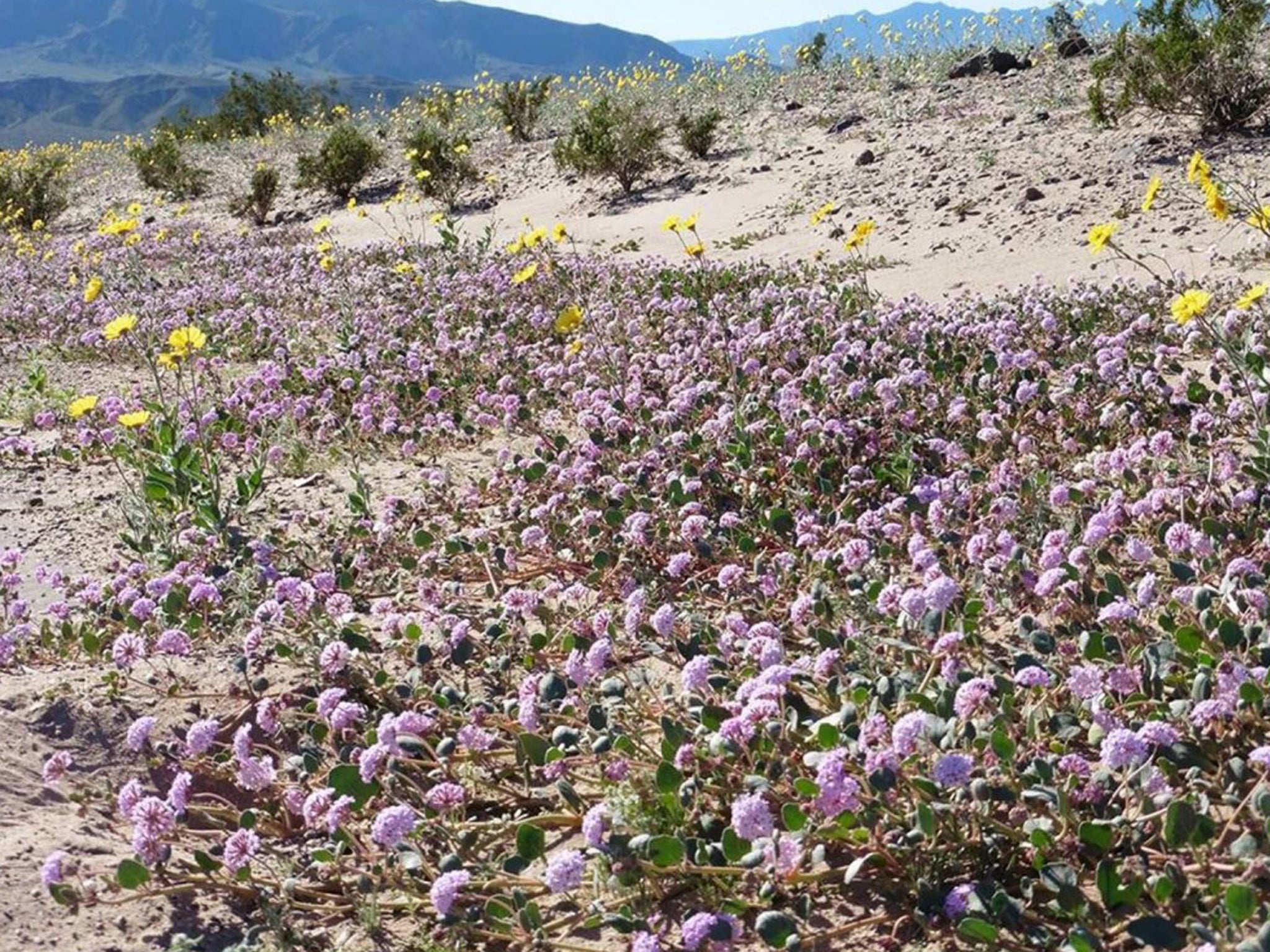
© Washington Post
Join our commenting forum
Join thought-provoking conversations, follow other Independent readers and see their replies
0Comments